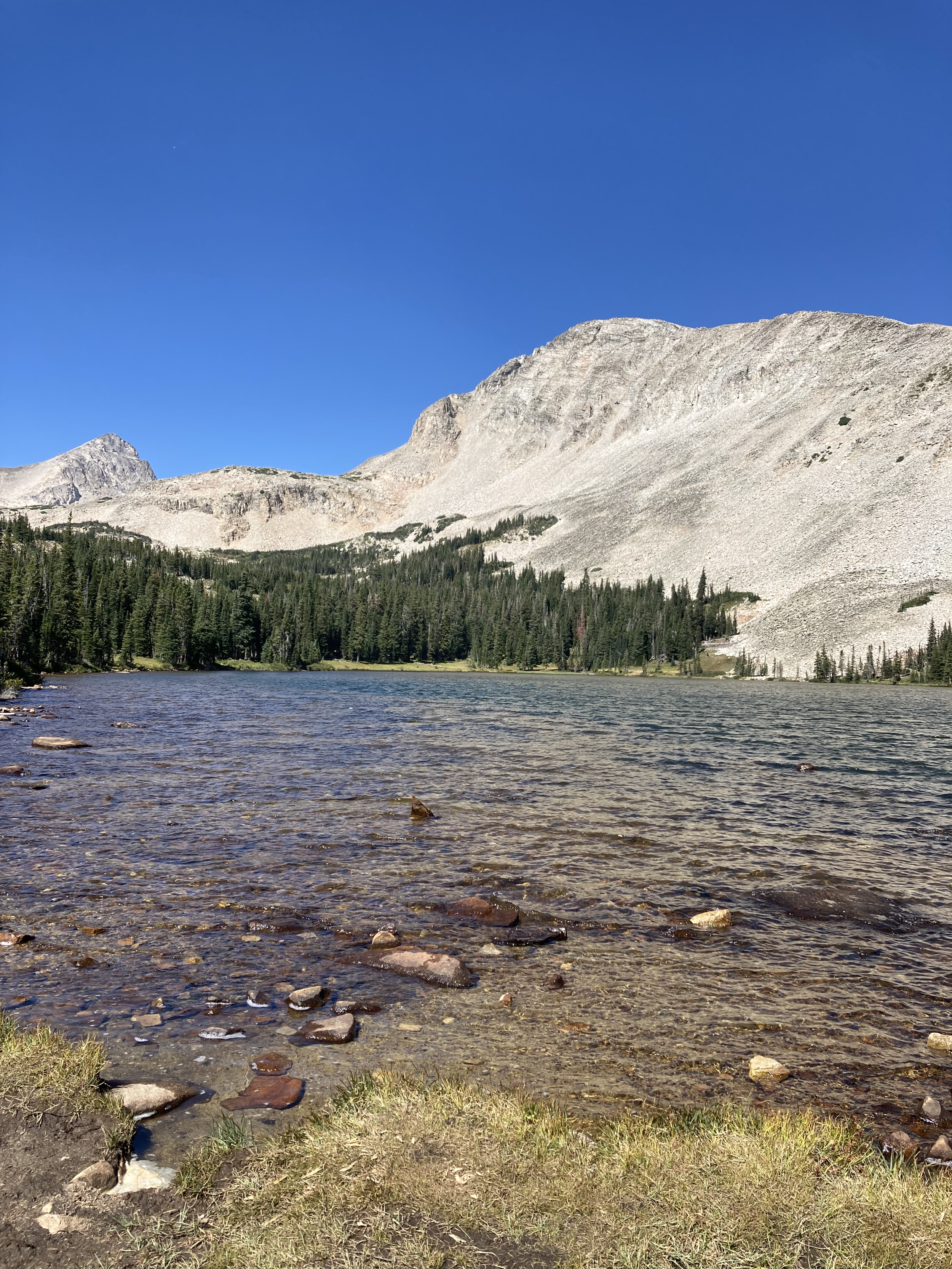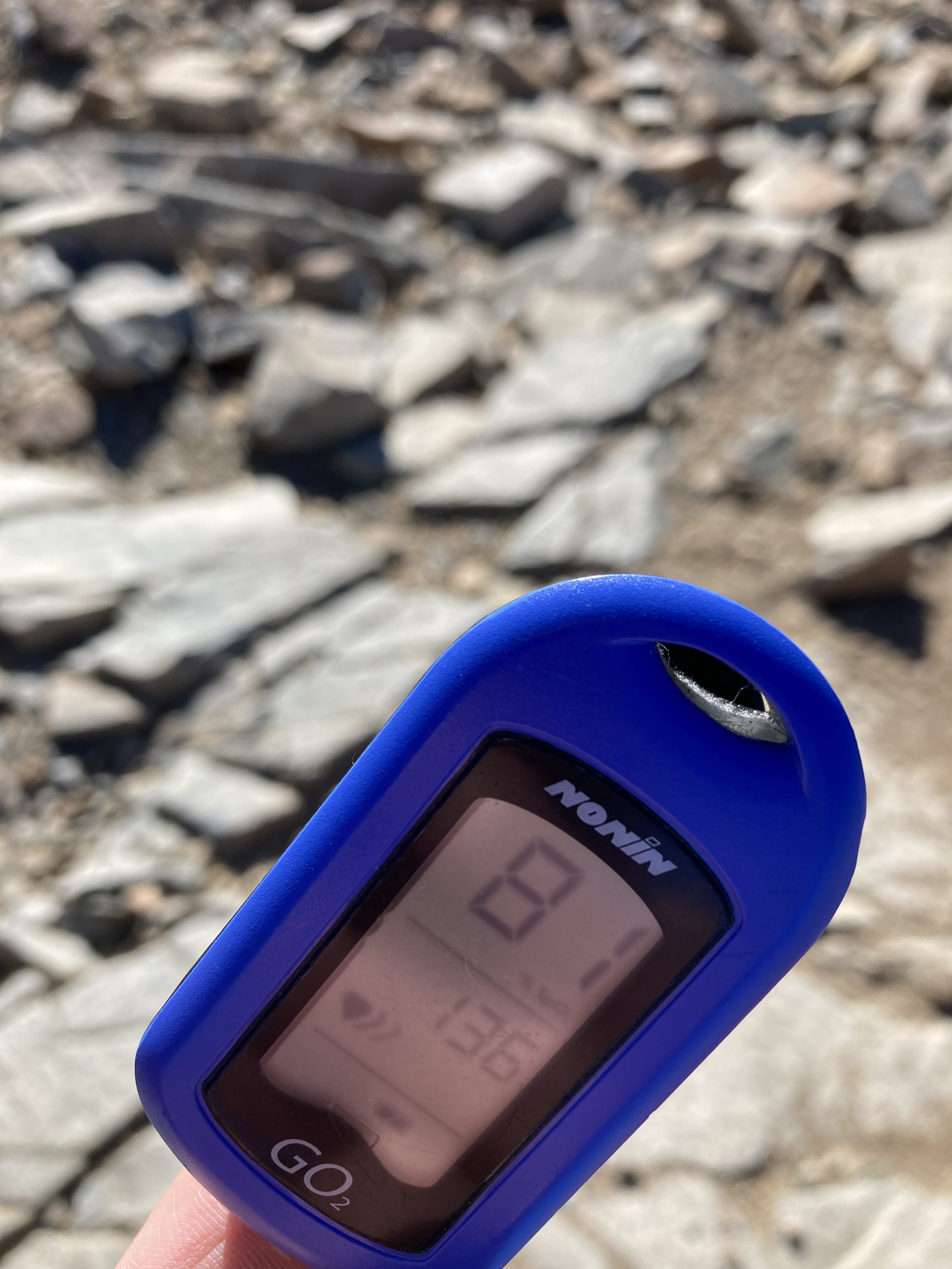Get This In Your Inbox Every Monday
🎧 Listen Instead of Reading 🎧
If you enjoy listening, you can subscribe to the audio version on Spotify, Apple Podcasts, and Audible so you don’t even have to look at the email 😊
4 Thoughts
1. 22 One-Sentence Breathing Ideas for 2022
1. Demonstrations of breathing are small compared with the great thing that is hidden behind them.
2. Breathing doesn’t heal you; it gives your body the environment it needs to heal itself.
Let’s continue the tradition this year. Here are 22 one-sentence breathing ideas to kick off 2022. Enjoy!
***
Related: 21 One-Sentence Breathing Ideas for 2021
2. A Unexpected Truth: Use Your Heart to be More Objective
“I feel like I process information more objectively. If there's a bad call, or a player does something unexpected on the court, I can inhibit my reaction and quickly determine what needs to happen next with less effort.”
- Client of Leah Lagos, excerpt from Heart Breath Mind
This was the result of heart rate variability (HRV) training via slow breathing. As counterintuitive as it might sound, current science tells us that the more we train our hearts, the more objective we become.
It’s actually our pesky (albeit valuable, lol) brains that trick us into excess emotional reactivity, anxiety, stress, rumination, and on & on.
So to be more rational, use your heart, not your head : )
***
Related: This 2-Minute Breathing Exercise Can Help You Make Better Decisions, According to a New Study
3. Why You Should Practice Abdominal Nose Breathing
“However, when we breathe through the nostrils and into the abdomen, not only do we breathe less frequently, but our exhalations are prolonged. What this means is that abdominal nose breathing not only makes more oxygen available to our bodies in a more efficient manner, but it also stimulates the sympathetic nervous system less frequently.”
That is all : )
4. The Best Part about Breathing
The best part about breathing is that we can satisfy our craving to read and learn while also applying that wisdom in our lives. There’s no abstraction. It’s as easy as “sit down and breathe like this for a few minutes and see how you feel.”
Sure, I write to try to make it fun and philosophical. But when it comes down to it, you just sit there and breathe. No one can take it away from you, and you don’t need any special training. You just do it.
1 QUOTE
"There's nothing mystical or abstract about it. It's physical. Your breath is your life-force, right here, right now. It could not be any simpler. Just breathe and reclaim your soul."
- Wim Hof
1 ANSWER
Category: The Airways and Ancient Yoga
Answer: The trachea, a key component of breathing, is also referred to as this.
…
(Cue the Jeopardy! music.)
…
Question: What is the windpipe?
P.S. Yantra Yoga techniques were called “Wind Energy Training,” which sounds kind of woo-woo. But let’s not forget modern science refers to our main breathing tube as the “windpipe” : )
In good breath,
Nick Heath, T1D, PhD
“Breathing is the compound interest of health & wellness.”
Sign Up For The Breathing 411
Each Monday, I curate and synthesize information from scientific journals, books, articles, and podcasts to share 4 thoughts, 1 quote, and 1 answer (like "Jeopardy!") related to breathing. It’s a fun way to learn something new each week.








